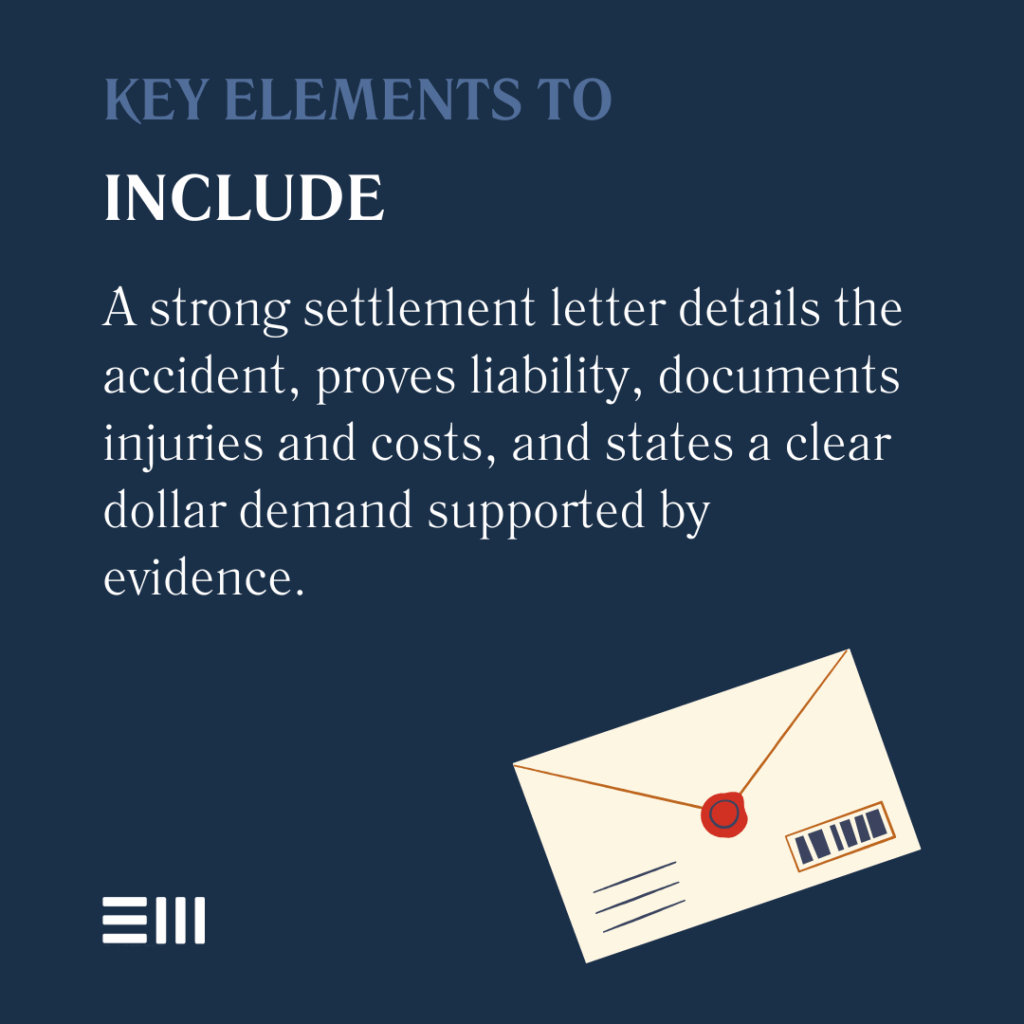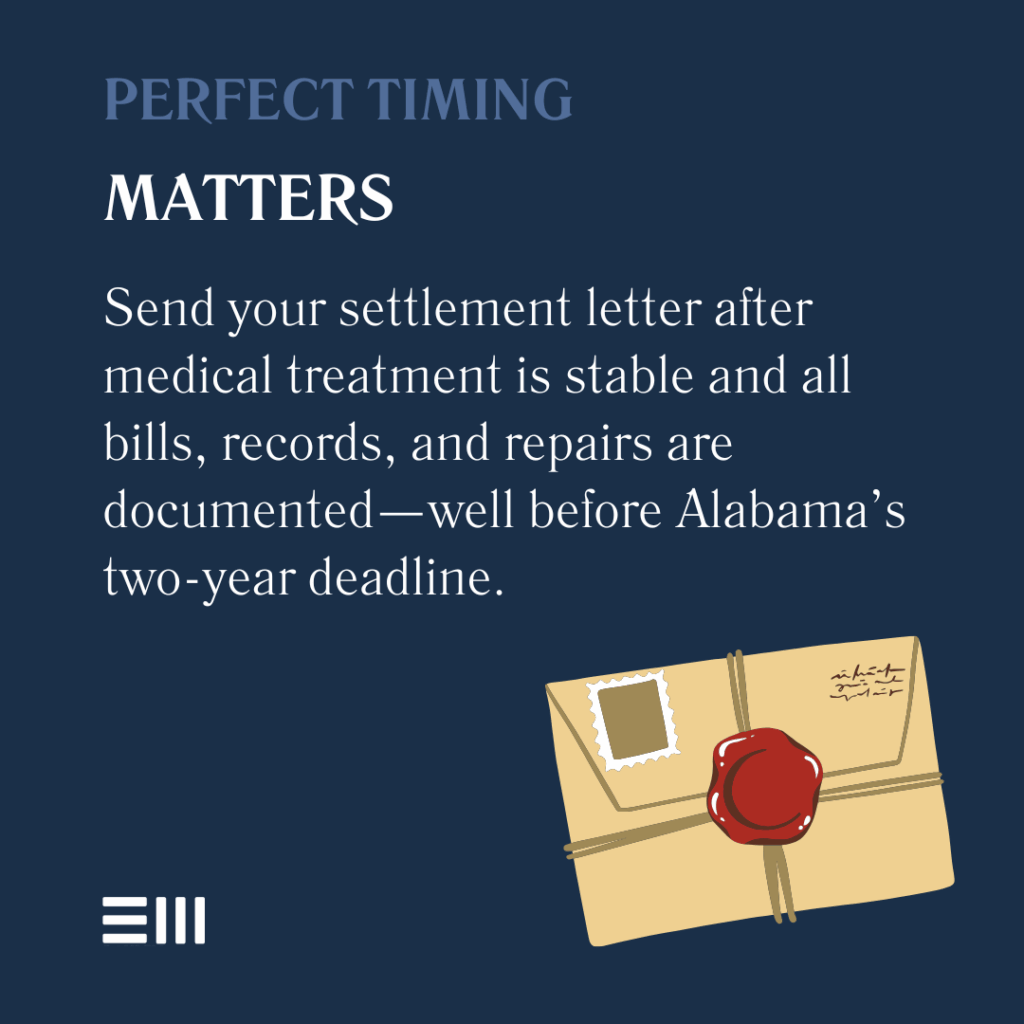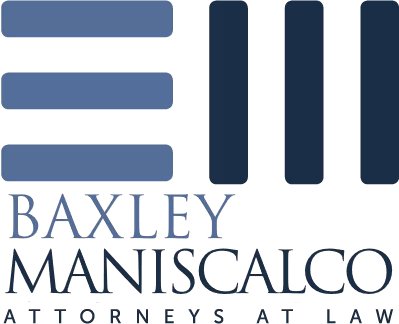
The insurance adjuster’s initial offer arrives: $500 for a fender bender that left you with whiplash, three chiropractic visits, and a week of missed work.
This lowball figure represents a common reality for Alabama drivers—insurance companies often undervalue minor accident claims by 40-60%, hoping victims will accept quick settlements rather than pursue fair compensation through well-crafted demand letters.
Understanding Settlement Letters for Minor Accidents in Alabama
A minor car accident settlement letter in Alabama serves as your formal request for compensation from the at-fault party’s insurance company.
This document transforms scattered receipts, medical records, and repair estimates into a compelling narrative that justifies your requested settlement amount.
The power of a well-written settlement letter lies in its ability to present your case professionally and comprehensively. Insurance adjusters process hundreds of claims monthly, and those supported by clear, organized demand letters typically receive more serious consideration and higher settlement offers.
Understanding how Alabama’s at-fault insurance system works strengthens your position when crafting these crucial documents.
Key Components Every Settlement Letter Must Include
Creating an effective minor car accident settlement letter requires assembling specific elements that build your case systematically.
Missing even one component can weaken your claim and reduce your settlement potential.
Essential elements include:
- Clear accident details: Date, time, location, weather conditions, and police report number.
- Liability statement: Explanation of how the other driver caused the accident.
- Injury description: Detailed account of physical injuries and their impact on daily life.
- Medical documentation: List of all treatments, providers, and associated costs.
- Property damage: Vehicle repair estimates or actual repair bills.
- Lost wages: Documentation of missed work and income loss.
- Pain and suffering: Description of physical pain and lifestyle disruptions.
- Settlement demand: Specific dollar amount with supporting calculations.
Each component builds upon the previous one, creating a logical progression from accident to compensation request.
This structured approach demonstrates professionalism and thoroughness that insurance companies respect and respond to more favorably.

Structuring Your Letter for Maximum Impact
The organization of your settlement letter significantly influences how adjusters perceive and evaluate your claim.
A well-structured letter guides readers through your experience while building toward a justified settlement amount.
Begin with a professional header containing your contact information, the date, and the insurance company’s details.
Your opening paragraph should immediately identify the claim by referencing the claim number, accident date, and insured party’s name. This direct approach shows you understand the claims process and sets a businesslike tone.
The body paragraphs should follow a chronological narrative:
- Accident description: Provide a factual, objective account of how the collision occurred.
- Immediate aftermath: Detail your actions following the accident, including police contact and medical attention.
- Medical journey: Chronicle your treatment timeline and ongoing symptoms.
- Financial impact: Present your economic losses with supporting documentation.
- Current status: Describe your present condition and any continuing effects.
This logical flow helps adjusters understand your complete experience while making it easy to locate specific information.
Clear paragraph breaks and descriptive headings further enhance readability and demonstrate your attention to detail.
Calculating Fair Compensation
Determining an appropriate settlement amount requires careful consideration of both economic and non-economic damages. Understanding typical personal injury settlement amounts in Alabama provides helpful context for your calculations.
Start with concrete economic losses:
- Medical bills (including future treatment estimates).
- Property damage repairs or vehicle replacement value.
- Lost wages and reduced earning capacity.
- Out-of-pocket expenses (medication, medical equipment, transportation).
Non-economic damages deserve equal attention:
- Physical pain and discomfort.
- Emotional distress and anxiety.
- Loss of enjoyment in daily activities.
- Impact on personal relationships.
Insurance companies often use multipliers (typically 1.5-3x for minor injuries) applied to economic damages when calculating pain and suffering compensation.
Your settlement demand should reflect both categories while remaining reasonable and justifiable based on your specific circumstances.
Common Mistakes That Weaken Your Letter
Many settlement letters fail to achieve desired results due to preventable errors that undermine credibility or legal standing. Recognizing these pitfalls helps you craft a more effective document.
Major mistakes to avoid include:
- Admitting any fault: Even expressing regret can be interpreted as accepting blame.
- Exaggerating injuries: Overstating symptoms destroys credibility if medical records contradict claims.
- Making threats: Aggressive language typically triggers defensive responses rather than cooperation.
- Accepting first offers: Quick settlements often undervalue long-term impacts.
- Missing deadlines: Alabama’s two-year statute of limitations is absolute.
- Forgetting future costs: Settling before understanding full medical prognosis leaves money on the table.
- Poor documentation: Missing receipts or records weakens your position significantly.
These errors often stem from emotional responses to accidents or misunderstanding the claims process.
Taking time to craft a measured, factual letter supported by comprehensive documentation yields far better results than rushed or emotional communications.
Sample Letter Format and Template
Understanding the proper format for a minor car accident settlement letter helps ensure your communication appears professional and covers all necessary elements. This template provides a starting framework you can adapt to your specific situation.
–
[Your Name]
[Your Address]
[City, State ZIP]
[Your Phone]
[Your Email]
[Date]
[Insurance Adjuster’s Name]
[Insurance Company Name]
[Company Address]
[City, State ZIP]
Re: Settlement Demand – Claim #[Number]
Your Insured: [At-fault Driver’s Name]
Date of Loss: [Accident Date]
Dear [Adjuster’s Name],
This letter serves as my formal settlement demand for injuries and damages sustained in the above-referenced automobile accident.
Accident Summary: On [date] at approximately [time], your insured [describe how they caused the accident]. The collision occurred at [location] under [weather/road conditions].
Liability: Your insured bears full responsibility for this accident because [specific reasons with reference to police report or witness statements].
Injuries and Treatment: The impact caused [describe injuries]. I immediately sought treatment at [facility] where [describe initial diagnosis and treatment]. My ongoing care has included [list all providers and treatments].
Damages Summary:
- Medical expenses: $[amount]
- Property damage: $[amount]
- Lost wages: $[amount]
- Pain and suffering: $[amount]
- Total Settlement Demand: $[amount]
Based on the clear liability of your insured and my documented damages, I am prepared to settle this claim for $[amount]. This offer remains open for 30 days from the date of this letter.
Sincerely,
[Your Signature]
[Your Printed Name]
—
This format provides structure while allowing flexibility to tell your unique story. Customize each section with your specific details while maintaining the professional tone throughout.
When to Send Your Letter
Timing your settlement letter strategically can significantly impact your negotiation success. Sending too early may undervalue your claim, while waiting too long could complicate negotiations or approach legal deadlines.
Consider these timing factors:
- Medical stability: Wait until reaching maximum medical improvement or receiving a clear prognosis.
- Documentation completion: Ensure all bills, records, and receipts are collected.
- Property repairs: Complete vehicle repairs to know actual costs.
- Investigation conclusion: Allow time for police reports and witness statements to be finalized.
- Legal deadlines: File well before Alabama’s two-year statute of limitations.
Most minor accident claims benefit from sending settlement letters 30-60 days after the accident, allowing sufficient time for initial treatment and documentation while maintaining negotiation momentum.
This timeline demonstrates diligence without appearing to delay unnecessarily.

Following Up After Sending
Your settlement letter marks the beginning, not the end, of negotiations. Insurance companies typically respond within 15-30 days, though responses vary from acceptance to counteroffer to outright denial.
Prepare for various responses:
- Acceptance: Carefully review settlement terms before signing.
- Counteroffer: Evaluate whether the amount fairly compensates your damages.
- Denial: Request specific reasons and consider addressing their concerns.
- No response: Follow up after 30 days with a phone call or second letter.
Document all communications with timestamps and summaries. If negotiations stall or the insurer acts in bad faith, consider escalating to supervisory levels or seeking legal representation.
Persistence combined with professionalism often yields better results than accepting initial responses.
Frequently Asked Questions About Minor Car Accident Settlement Letts
Understanding the settlement letter process raises important questions for those navigating minor car accident claims.
These answers address common concerns while highlighting key considerations for your situation.
How Long Should My Settlement Letter Be?
Effective settlement letters typically run 2-3 pages, providing sufficient detail without overwhelming readers. Focus on clear, concise descriptions supported by attached documentation rather than lengthy narratives.
Insurance adjusters appreciate brevity combined with completeness, so aim for comprehensive coverage of essential points without unnecessary repetition or emotional commentary.
Can I Send a Settlement Letter via Email?
While email provides quick delivery and confirmation, sending settlement letters via certified mail with return receipt creates better legal documentation.
Many insurance companies accept email communications but may require original signatures for final settlements. Consider sending via both methods—certified mail for official records and email for faster initial review.
What if the Insurance Company Ignores My Letter?
Insurance companies must respond to claims in good faith, though response times vary. After 30 days without response, follow up with a phone call referencing your letter date and claim number.
Document these attempts and consider filing complaints with Alabama’s Department of Insurance if the company continues ignoring legitimate claims. Persistent, professional follow-up often prompts action.
Should I Accept the First Settlement Offer?
First settlement offers typically start low, testing whether claimants will accept quick, inadequate settlements. Compare any offer against your documented damages plus reasonable pain and suffering compensation.
Unless the offer fully addresses all losses, counter with justification for a higher amount. Remember that accepting any settlement closes your claim permanently.
How Much Should I Demand for Pain and Suffering?
Pain and suffering calculations vary based on injury severity, recovery time, and lifestyle impact. Insurance companies often multiply economic damages by 1.5-3x for minor injuries, though your specific circumstances may justify higher amounts.
Document how injuries affected daily activities, work, and relationships to support your pain and suffering demand.
These questions represent common concerns, but every accident presents unique circumstances requiring individualized consideration of settlement strategies.
Let Justice Roll
Minor car accidents may seem straightforward, but insurance companies employ teams of adjusters and attorneys focused on minimizing payouts—shouldn’t you have experienced advocates on your side?
A professionally reviewed settlement letter can mean the difference between accepting an inadequate offer and securing compensation that truly covers your damages.
Our experienced personal injury attorneys here at Baxley Maniscalco understand insurance company tactics and can strengthen your settlement letter to maximize your recovery.
Contact us today for a free consultation to discuss your minor car accident claim and learn how professional legal guidance can protect your rights throughout the settlement process.
Can't find what you're looking for? Search our site below.










